Precious Photos: A Look Back At The Brave Harlem Hellfighters of World War I
In New York, the 369th Infantry Regiment, known as the Harlem Hellfighters, was the first African American unit to serve in World War I alongside the American Expeditionary Force. Despite facing racism and discrimination at home, they showcased bravery and achievements. However, their story has often been overlooked in U.S. history.
After over 100 years since their service, the regiment was awarded the Congressional Gold Medal, the highest honor from Congress. Both the House and Senate voted unanimously to recognize the Hellfighters. President Joe Biden signed the “Harlem Hellfighters Congressional Gold Medal Act,” officially granting this honor on August 25, 2021.
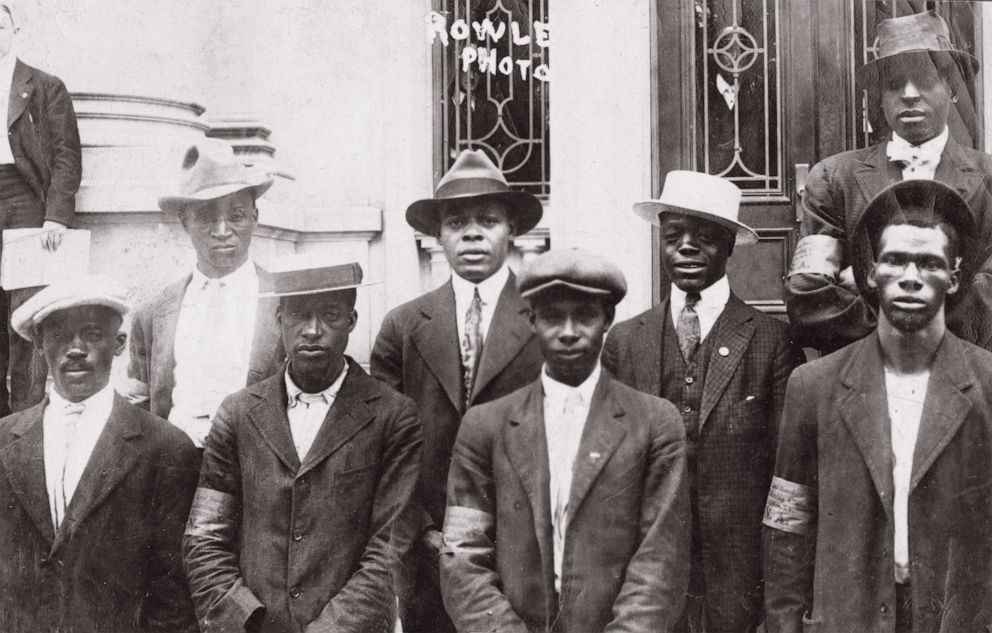
Back in 1916, New York Governor Charles Whitman put together the 15th New York (Colored) National Guard Regiment. Later, when the U.S. got involved in World War I, it became known as the 369th Infantry Regiment.
Most of the soldiers hailed from Harlem, where you could find folks like hotel workers, mail carriers, and door attendants among them. These were the initial Black troops in New York’s National Guard.
The governor chose William Hayward, a white lawyer who had managed his campaign, to lead the unit. Even though it was a time of politics and biases, most of the officers Hayward picked were white. But there was James Reese Europe among the Black recruits, who Hayward appointed as a lieutenant. Europe, a musician himself, persuaded many talented Black musicians to enlist.
When the regiment headed to Brest, France, Lt. Europe and his band made quite an impression. They surprised the French crowd by playing a jazzy version of “La Marseillaise” as they arrived on the docks.
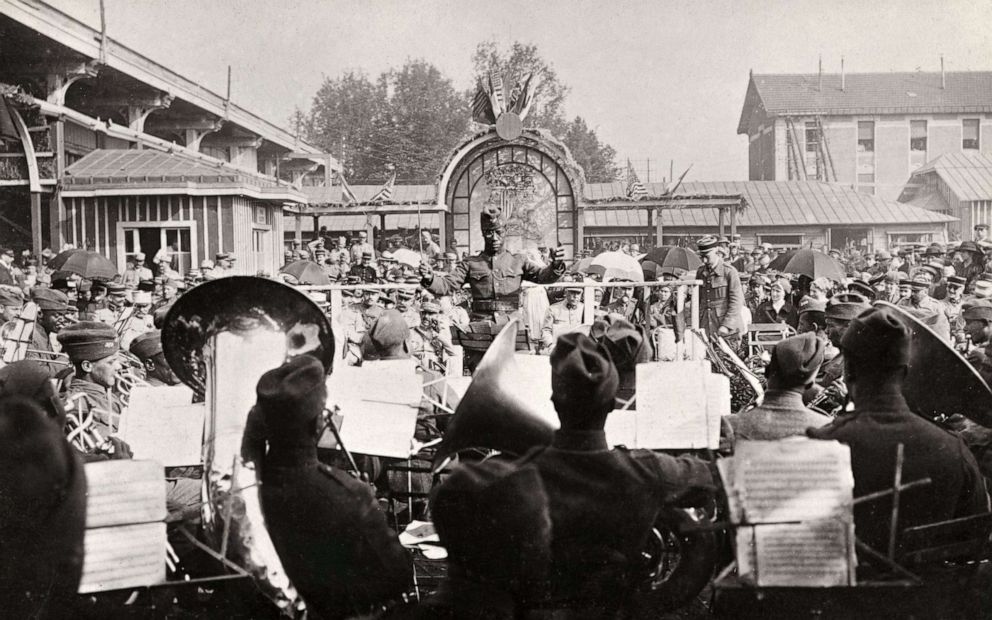
In October of 1917, the group received orders to move to Camp Wadsworth in Spartansburg, South Carolina. During their time there, the men experienced mistreatment and hostility from the local community. Concerned about potential violence and danger, Colonel Hayward requested that they either be relocated or sent to France.
Before heading to Europe, they were not allowed to participate in the farewell parade for the Army’s 42nd Division, nicknamed the “Rainbow Division.” The reason given was that “Black is not a color of the rainbow.”
This incident highlighted the widespread lack of acceptance, prejudice, and discrimination faced by Black individuals in both the military and society as a whole. African Americans were viewed as inferior and unfit for military service, with doubts cast upon their patriotism, intelligence, and bravery.

When the regiment arrived in Europe, it wasn’t supposed to fight on the front lines right away. Their main job was to do supply work and other basic tasks, like most Black troops. But Colonel Hayward talked to General John J. Pershing and convinced him to let the unit fight.
The French really needed more soldiers. On March 1, 1918, the regiment got a new name: the 369th Infantry Regiment, part of the 93rd Division, as Barbara Lewis Burger, a former senior archivist at the National Archives, explained. They joined the 161st Division of the French Army and started fighting in April.
Colonel Hayward wrote to a friend, saying, “Our great American general basically handed the Black soldiers over to the French and left.” Even though the American Army didn’t want Black soldiers fighting alongside white ones, the French were happy to have their help.

Besides his musical responsibilities, Lieutenant Europe also led a machine gun unit. He got injured during a German gas assault in June 1918. While recuperating in the hospital, he penned the tune “On Patrol in No Man’s Land.”
Even after being deemed unfit for combat, he persisted in directing the regimental band, entertaining large audiences in Paris. The band is recognized for introducing jazz to Europe.

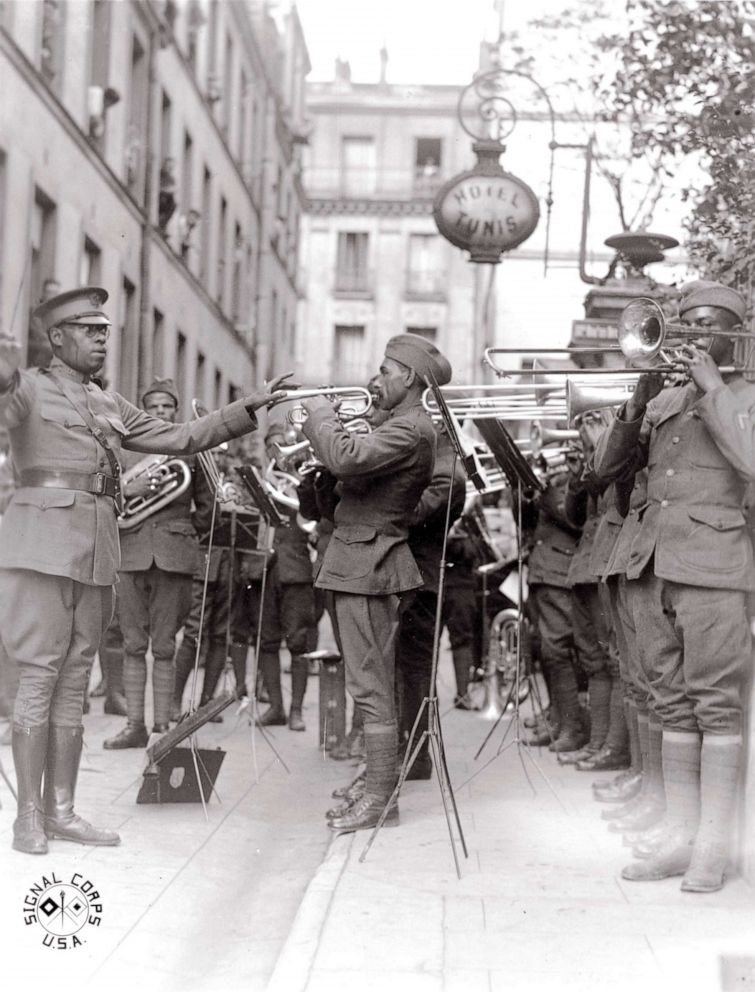
The group showed bravery in battles, like the Second Battle of the Marne on July 15, 1918. They fought with the French and suffered losses: 14 men died, and 51 were injured.
In the Meuse-Argonne Offensive in Sechault, France, on Sept. 29, 1918, they captured the town but had heavy casualties, one of the highest for any American group. About a third of the soldiers were hurt or killed.
These soldiers spent 191 days in the front lines, the longest of any American unit. The French honored all 171 soldiers with the Croix de Guerre medal for their bravery.
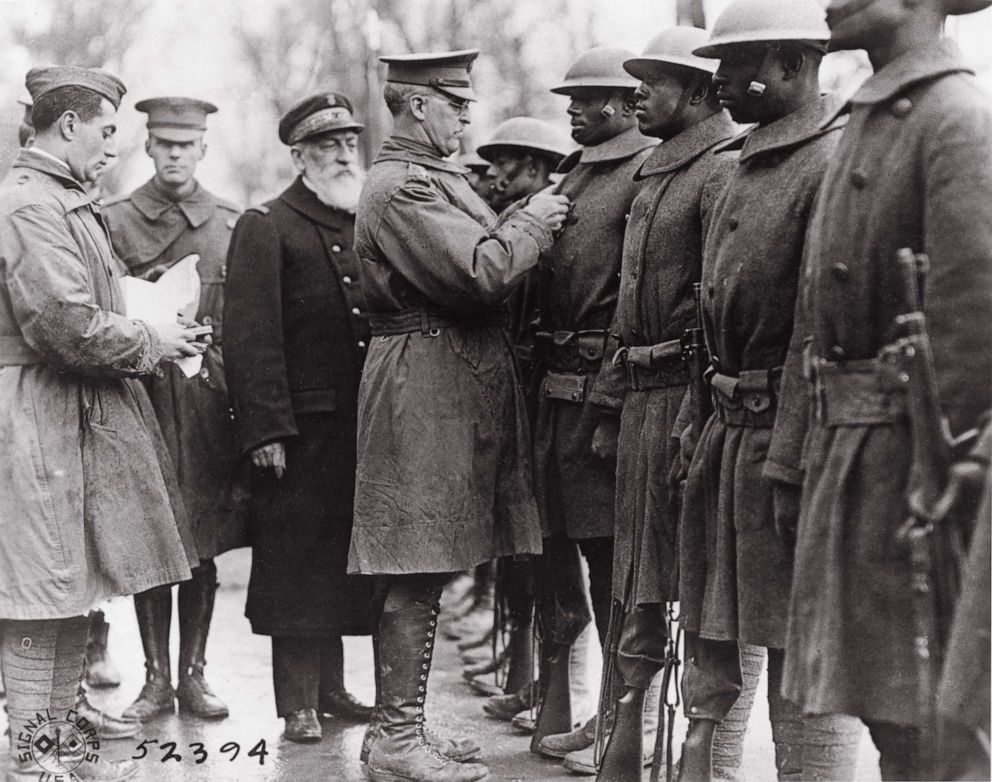
In the picture below, you can see some of the soldiers from the 369th (15th N.Y.) who were given the Croix de Guerre for being brave in battle. They’re wearing their medals while on the USS Stockholm on February 12, 1919, getting ready to leave the ship in New York.

They were the initial group from New York to come back home. They walked along Fifth Avenue in New York City in a celebratory parade that finished in Harlem on Feb. 17, 1919, when they returned. Lieutenant Europe directed the regimental band at the front of the procession.

In the parade, Pvt. Henry Johnson was there. Back on May 15, 1918, Johnson bravely fought against German soldiers in northern France. He saved his fellow American soldier, Needham Roberts, from being captured and even took down several enemy soldiers.
Newspapers praised his bravery back then. Despite receiving France’s top bravery award, the Croix de Guerre, Johnson didn’t even get a Purple Heart from the U.S. government, despite being wounded 21 times.
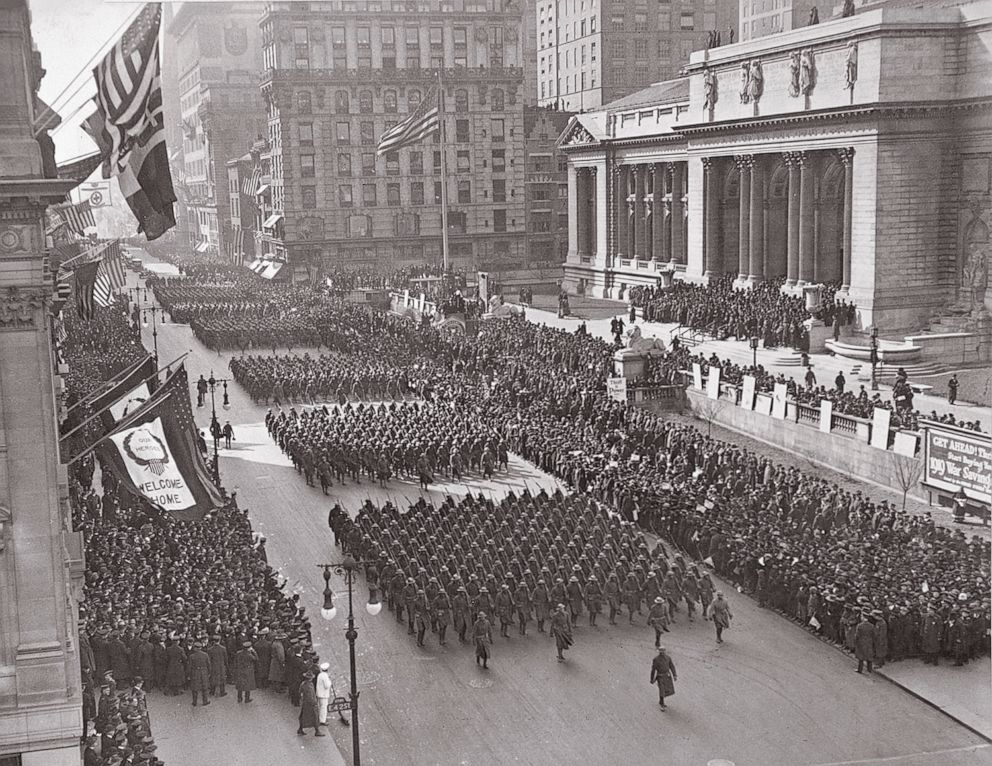
Black veterans who came back home faced a harsh truth: the nation still looked down on Black people and was afraid of them. They were met with widespread racist violence upon their return to the U.S. during the infamous “Red Summer of 1919,” a term coined by James Weldon, a leader in the NAACP.
That summer witnessed a surge in violent incidents like race riots, mob attacks, and lynchings, often instigated by white soldiers targeting Black veterans.
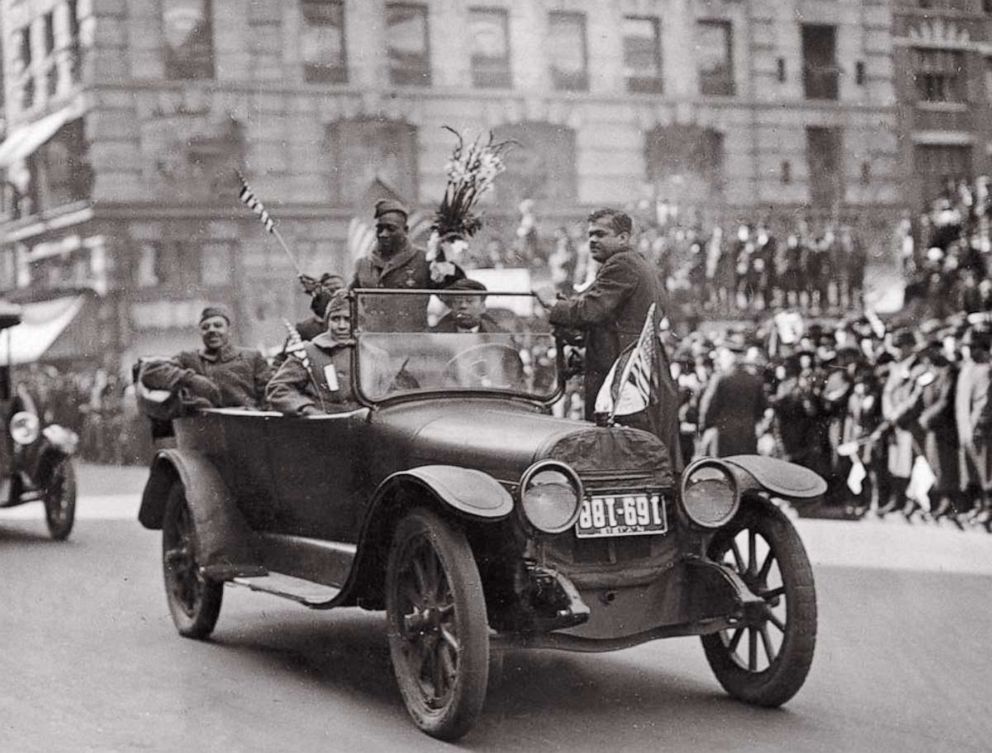
In 1996, President Bill Clinton gave Pvt. Johnson’s family a Purple Heart. Then, in 2015, President Barack Obama honored him with the Medal of Honor, almost a century after his bravery in battle.

Obama expressed that due to his injuries, Henry Johnson faced challenges such as being unable to work, experiencing the breakdown of his marriage, and passing away in his early 30s. Obama emphasized that America cannot alter the hardships endured by individuals like Johnson who were overlooked, unfairly judged based on their race rather than their character. Nonetheless, he highlighted the importance of striving to rectify such injustices to the best of our ability.
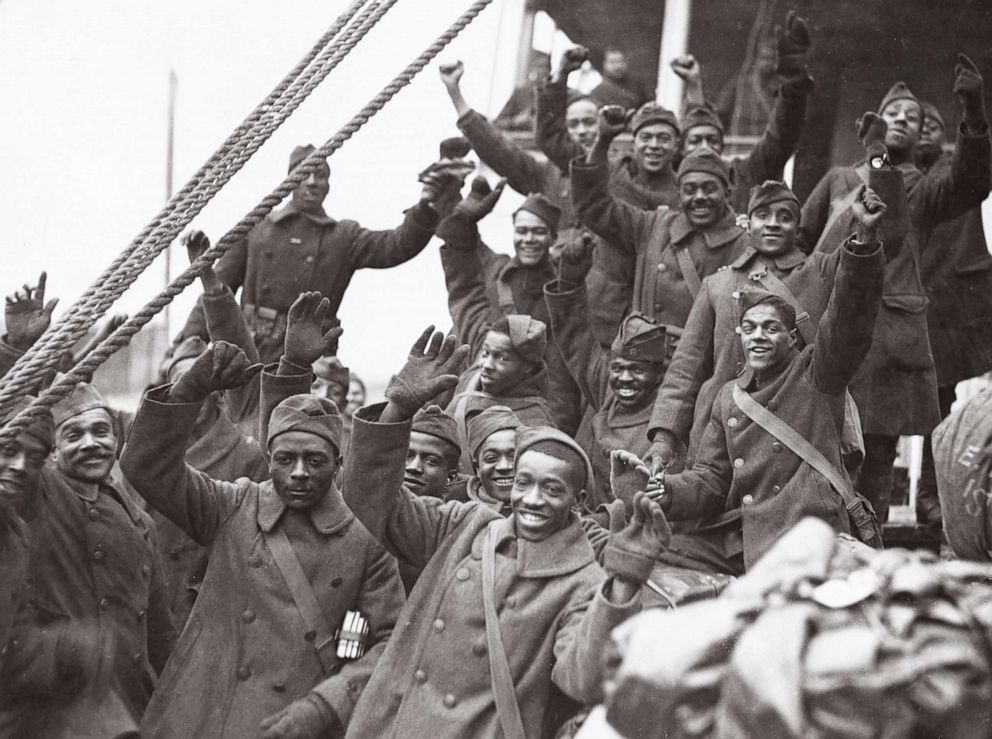
President Harry Truman didn’t sign an order to mix the U.S. military until July 26, 1948. The 94th Engineer Battalion, the last Black Army unit, stopped working in 1954.
After more than 100 years since World War I, The Army Center of Military History agreed to let the 369th Sustainment Brigade officially be called the “Hellfighters.” This brigade’s history goes back to the African American 369th Infantry Regiment, which played a role in breaking racial barriers.

